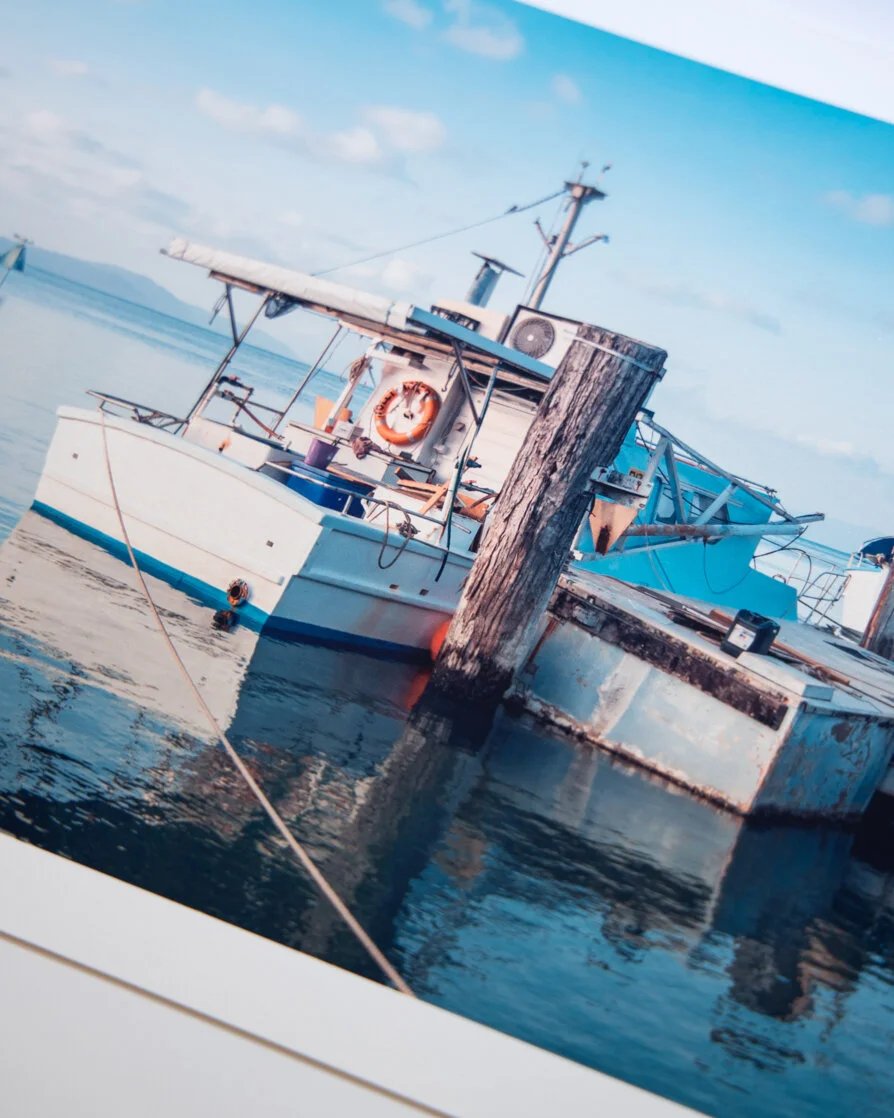Limited Edition vs Open Edition — What's the Difference?
I think it’s safe assume that most people know what ‘limited edition’ means, and from that can work out what an open edition is. But beyond the finite production numbers, there are some other differences that make a limited edition piece so much more valuable.
Example of a limited edition print
Example of a open edition print
Limited Edition
Print Process
My limited edition prints are known as a ‘Giclée’ (pronounced G–Clay). This is the name given to fine art production printing. It uses the print industries highest-grade printers and inks to re-produce artwork with stunning quality.
Paper Stock
The artwork is printed onto special fine art printing paper. This paper has a similar texture to watercolour paper, and helps to give the print more of an art-like finish, while the textured surface improves detail and depth. Giclée prints are available at A4 to A2 as standard.
The Finish
This is ultimately why giclée prints are superior to standard photo prints. The materials used to create a giclée produce bright, vibrant colours, and textures are beautifully reproduced. The printing process involves no coatings on either the paper or from the printer so the finished image has a completely matte surface. No glare means light won’t interrupt your viewing experience. I will also sign and number the front.
Longevity
Giclée printing meets the standards for museum-grade archival quality. If looked after correctly the art work has a predicted lifespan of 100 years without fading, and likely many more years beyond that before noticeable deterioration sets in. Art is an investment. It’s what makes it so valuable. It’s designed to last a long time so people can enjoy it for generations, even centuries in some cases. That is why I like to produce my limited edition prints in this way.
Open Edition
Don’t let the giclée print process lure you into thinking the open edition prints aren’t wall-worthy quality. Far from that. I wouldn’t allow a print to go out without having checked the quality first, and i’m very impressed with my supplier for the open editions.
Open editions are an affordable way to purchase art for people aren’t ready to buy an investment piece.
Print Process
These prints are produced using industry-grade commercial printers and inks.
Paper Stock
I use Lustre paper for my open edition prints. This is a high quality photographic paper with a textured coating that produces soft sheen. Due to the print method being more affordable the sizes of the open editions range from A3 to A0 as standard but they can go bigger on request.
The Finish
Lustre photographic paper’s coating creates a more contrasting colour reproduction of the printed image. It’s not uncommon for colours to appear slightly darker than their limited edition counterparts. — it’s not a huge difference but it’s something to keep in mind. I believe this wont be an issue if displayed in a well lit room. Although not as harsh as glossy paper, lustre still exhibits some sheen when light reflects off it at certain angles. I will also sign the back of all open edition prints.
Longevity
The predicted lifespan of an open edition print is around 40 years, which is still very good considering the affordability. If it’s kept in a frame and out of direct sunlight or hard lighting it will likely last longer.
All of the prints on my store are available as limited and open edition. I want to position my artwork at the value I believe it is worth considering what went into getting that photo, however I want to also make it accessible to the everyday buyer. It’s amazing how much a piece of art can compliment or completely transform a room — not convinced? Why not find out for yourself…


